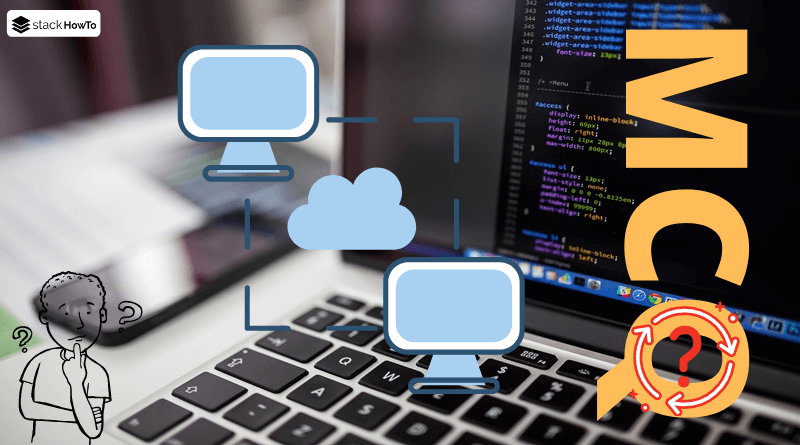What Is a Computer Virus? Types with Examples
In this tutorial, we are going to see What is a computer virus? Types with examples. A virus is a small computer program located inside other programs, which, when executed, loads itself into memory and executes the instructions that its author has programmed.
What Is a Computer Virus?
The real name given to viruses is CPA, which stands for Code Auto-Propagable, but by analogy with the medical field, the name “virus” has been given to them.
Resident viruses (called TSR for Terminate and stay resident) load themselves into the computer’s RAM to infect executable files launched by the user. Non-resident viruses infect programs on the hard disk as soon as they are executed.
The scope of viruses ranges from a simple ping-pong ball that crosses the screen to a data-destroying virus, the most dangerous form of virus. Thus, since there is a wide range of viruses with various and diverse actions, viruses are not classified according to their damage but according to the way they spread and infect.
There are different types of viruses:
- Worms are viruses capable of propagating through a network
- Trojans are viruses that can create a flaw in a system (generally to allow its creator to enter the infected system in order to take control of it)
- Logic bombs are viruses capable of being triggered by a particular event (system date, remote activation, …)
Antivirus:
An antivirus is a program that can detect the presence of viruses on a computer and, if possible, disinfect it. The procedure of cleaning the computer is called virus cleaning.
There are several methods of virus cleaning:
- Deleting the code corresponding to the virus in the infected file;
- Deleting the infected file;
- Quarantining the infected file, which means moving it to a location where it cannot be executed.
Types of virus in computer:
Mutant viruses
In reality, most viruses are clones, or more precisely “mutant viruses”, i.e. viruses that have been rewritten by other users in order to modify their behavior or signature.
The fact that there are several versions (variants) of the same virus makes it even more difficult to detect, as antivirus editors must add these new signatures to their databases.
Polymorphic viruses
Since antivirus software detects viruses thanks to their signature (the succession of bits that identifies them), some virus creators have thought of giving them the possibility of automatically modifying their appearance, like a chameleon, by providing the viruses with the function of encrypting and decrypting their signature, so that only these viruses are able to recognize their own signature. This type of virus is called a “polymorphic virus” (meaning “that can take on many forms”).
Retroviruses
“Retrovirus” or “bounty hunter virus” is a virus that has the ability to modify the signatures of antivirus programs in order to render them inoperative.
Boot sector viruses
A “boot sector virus” (or boot virus) is a virus that is able to infect the boot sector of a hard disk (MBR, or master boot record), meaning a sector of the disk that is copied into the memory when the computer is started, and then executed in order to start the operating system.
Trans-application viruses (macro viruses)
Due to the increase in the number of programs that use macros, Microsoft has developed a common scripting language that can be inserted into most documents that may contain macros. This is VBScript, a subset of Visual Basic. These viruses currently manage to infect macros in Microsoft Office documents, i.e. such a virus can be located inside an ordinary Word or Excel document, and execute a portion of code when it is opened, allowing it to propagate through the files, but also to access the operating system (usually Windows).
However, more and more applications support Visual Basic, so these viruses can be found in many other applications that support VBScript.
The beginning of the third millennium has been marked by the appearance of a large number of Visual Basic scripts distributed by e-mail as attachments (identifiable by their .VBS extension) with an e-mail title urging the user to open the poisoned gift.
When opened on a Microsoft mail client, this one has the ability to access the entire address book and to self-distribute through the network. This type of virus is called a worm.





